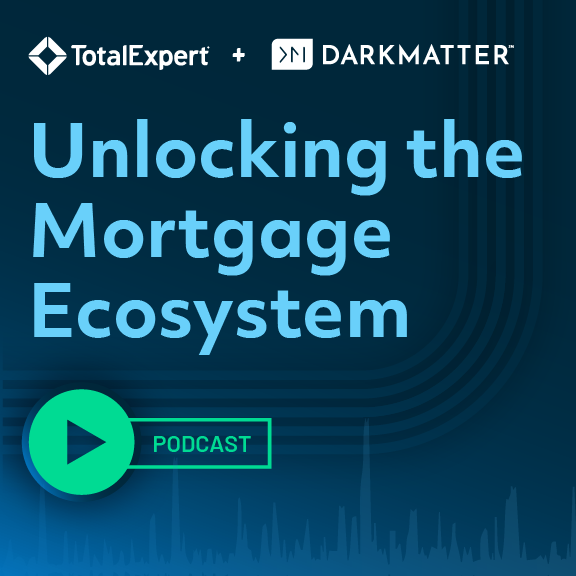Customers aren’t sizing your financial brand up against other banks or credit unions, they’re sizing you up against all other companies. And the competition for great customer experiences is stiff.
Your credit union may not sell everything under the sun, but you’re still competing with online retailers around the globe who have vast resources and hoards of data scientists spinning their clicks into valuable insights. These brands have mastered personalization and they’ve raised the bar for everyone.
The good news is that you don’t need to be funded by Jeff Bezos to deliver a great customer experience – you just have to be open to learning from the masters and applying their lessons to your financial brand. To get you started, here are three of our favorite approaches to creating an excellent, memorable customer experience that come from three major brands:
1. Turn Your Experience into a Club Like Starbucks
There are few success stories as bold as Starbucks Rewards. The coffee giant introduced this program in 2009 and saw incredible growth in use: Active membership was up to 16 million as of December 2018, a healthy 14 percent increase over the prior year.
But how did they get to a place where Starbucks Rewards transactions account for 40 percent of tender in their company-operated stores? They build a great mobile experience – so good that customers would rather order and pay by app than with cash from their old, leather wallets.
In this push, Starbucks did three brilliant things:
- They gamified customers’ orders using a points system that incentivized developing regular purchasing habits and trying new items.
- Their app acts as a recommendation generator that introduces customers to products they may not have tried before.
- Starbucks uses their app to soft launch new products and give users the sense that they have an exclusive edge on the rest of Starbucks shoppers.
What makes Starbucks Rewards successful is that is makes being loyal fun and rewarding, and it’s accessible in the app, on a desktop or wherever you need their services. Their choice to go omnichannel may not seem all that important, but being both mobile-forward and desktop-friendly, they enable office workers to order a cup of coffee and pay online without taking out their personal phone at their desk. The experience they’ve built demonstrates that they understand their customers’ needs and caters right to them, wherever their customers are in their day.
2. Become a Recommendation Engine Like Amazon
Amazon doesn’t have loyalty at the level of banks yet, but they do have the traffic: 9 out of 10 consumers check a product’s price on Amazon before making a purchase. As the first point-of-contact when a customer needs to know what the best product to buy is, Amazon has established itself as the defacto search tool for getting the best product at the right price.
The good news for financial brands is that Amazon has yet to claim this position when it comes to financial products and services. Your organization can leverage user data to position itself as the resource customers seek out when they need information.
Serve up recommendations that are relevant to your customers every time they have a questions and customers will think of you as the first point-of-contact or resource when their next question arises.
3. Let Customers Live Your Brand Like Capital One
Encourage customers to live your brand by making it a part of their routine. For example, if your credit union is all about supporting your community through financial health, you might redesign your branches to be community-oriented social spaces.
The best example of this actually comes from a financial brand. In 2018, Capital One opened its first Capital One Cafes, where baristas sling coffee at half-price to the brand’s customers and at full-price to folks who are just dropping in for desk space and a hot beverage.
Capital One staffs these locations with customer support representatives and financial advisors, putting their bank’s services in close proximity to busy folks looking for coworking spaces. And this fits in perfectly with the level of customer support their brand promises and delivers: they’re there for you when you need them. In their new Capital One Cafe experience, they’re also there with a cup of coffee and convenience.
The other way Capital One integrates their brand promise into their customer’s daily lives is Eno, an AI app that helps flag suspicious transactions and preempt fraud by monitoring customer accounts. Eno provides customers with peace of mind by sending emails or alerts to help customers address suspicious transactions or extra-generous tips on restaurant bills.
Capital One makes it easy for customers to place their trust in the brand by being accessible and easy to interact with, digitally and in-person.
Use Modern Marketing Techniques to Lead in Your Industry
Modern marketing has changed banking forever, and this is a good thing. From Starbucks’ exceptional rewards program to Amazon’s incredible price comparison machine, big brands are pushing the envelope and showing everyone else what we need to do to lead in our own industries.
It may feel intimidating to realize that you’re competing with Netflix to have the best customer support in town, but this is a good thing. The techniques you borrow from big brands can help you figure out how to incentivize customers to open up a new line of credit or they can lead you to diversify the products available within your brand ecosystem.
Deploy proven marketing tactics to become a leader in your own vertical, and watch your financial brand’s foothold grow.


